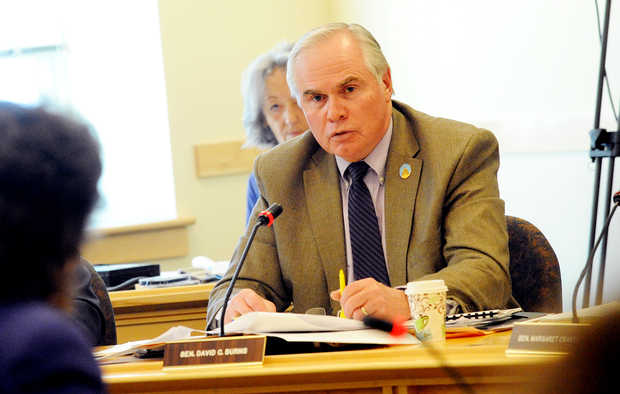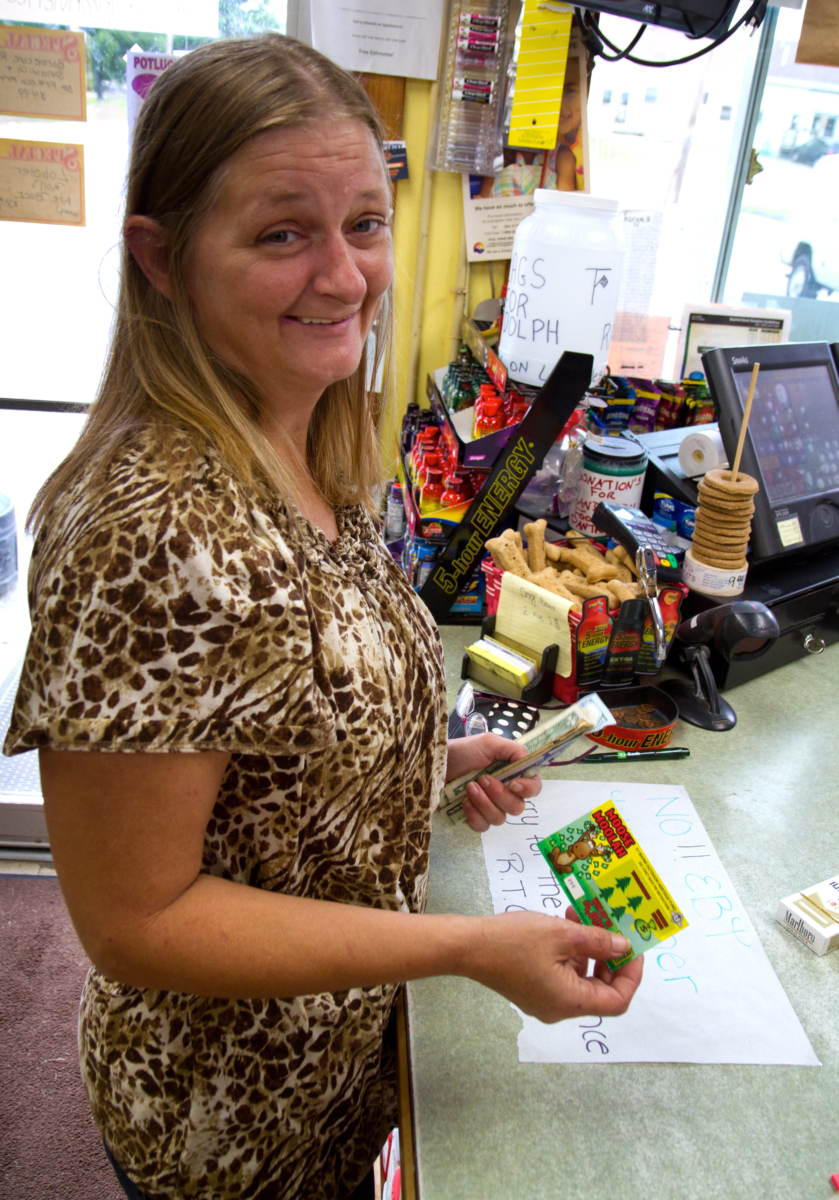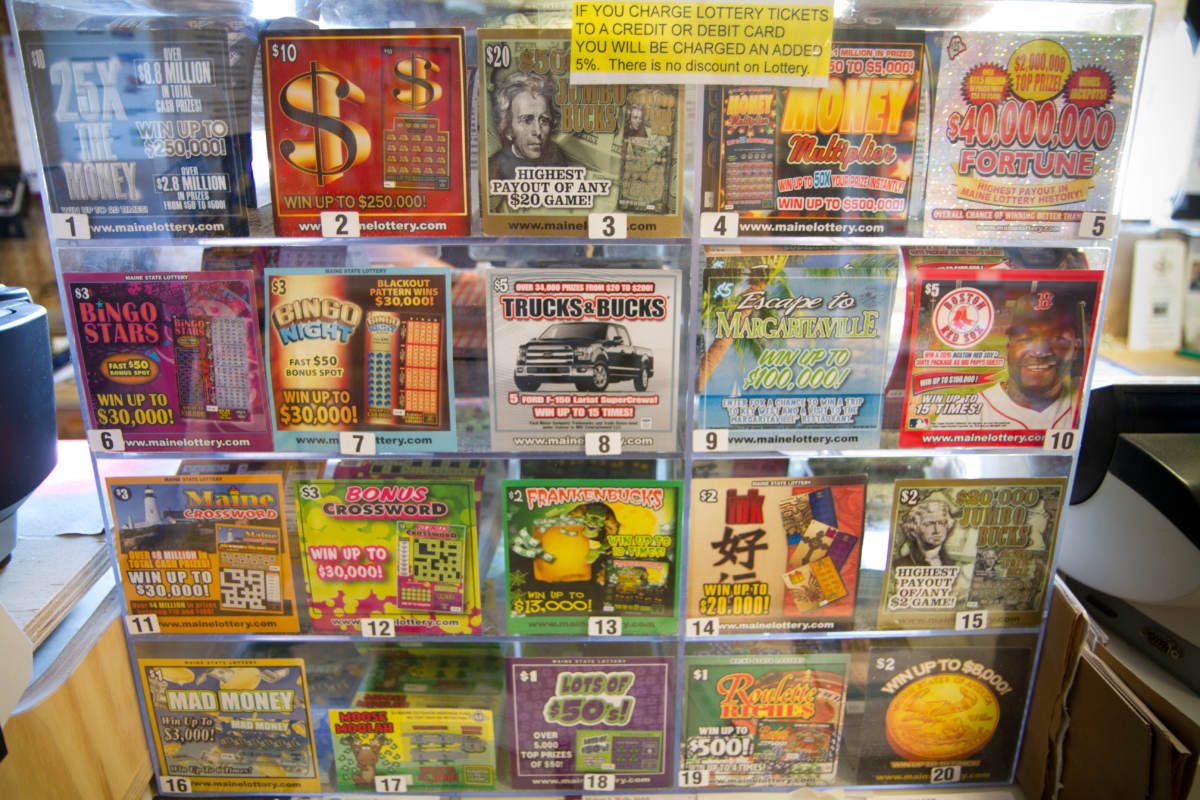The legislature’s investigative arm Thursday released preliminary results of its review of the Maine State Lottery, saying that while academic research shows lottery sales increase as socio-economic status declines, it had found no evidence that the state had specifically targeted particular segments of the population.
Legislators in January had tasked the Office of Program Evaluation and Government Accountability (OPEGA) with answering questions about state oversight of lottery operations, marketing and the impact of lottery winnings on eligibility for public benefits. Their questions were prompted by an October 2015 Maine Center for Public Interest Reporting investigation, together with researchers at Cornell University, that found that lottery sales jump by 10 percent for every one percentage point increase in unemployment across the state.
The initial results, presented to lawmakers by OPEGA Director Beth Ashcroft, were based on a review of marketing contracts, the purchase of ads by lottery officials over the past 1.5 years and both sales and winnings data provided by the state.
“None of those documents or the resulting contract contain any mention of a specific demographic group or target,” Ashcroft said.
The findings were immediately met with skepticism by legislators of both parties who questioned the study’s methodology, saying that advertising of any kind would hold greater appeal with those most susceptible to it.
“Who is the message going to strike a chord with? That’s a different question entirely,” said Sen. Chris Johnson, D-Somerville. “The danger here is that you’re selling false hope to those who can least afford it.”
Sen. David Burns, R-Whiting, added that it was naïve to assume that the lottery industry hadn’t found ways to make advertising appeal most to the needy.

“If they know their best target, they’re going to construct their ads accordingly,” said Burns.
Other lawmakers who had seen or heard lottery ads felt they were fair.
“Just looking at ads myself, they seem to be relatively stable, well-off happy people,” said Sen. Roger Katz, R-Augusta.
Ashcroft said that examining the specifics of the ads themselves and evaluating each ad’s impact on different demographic groups was outside the scope of the investigation, but cautioned that the report was still preliminary.
“It’s not the final answer to any of the questions,” she said.
Legislators of both parties began calling for increased transparency and oversight of the Maine State Lottery following the Maine Center’s investigation, which also found that poorer areas of the state spent disproportionately on lottery tickets.

Research conducted on the Maine State Lottery by Cornell University behavioral economist Dr. David Just, at the request of the Maine Center for Public Interest Reporting, showed that people in Maine who have recently suffered a “shock” of some kind — unemployment, for example — are more likely to buy lottery tickets.
The Center subsequently found that people receiving public benefits, such as food stamps, aid for needy families or Medicaid, have likely spent hundreds of millions in lottery tickets over the past five years, enough to take home at least $22.4 million in prizes over $1,000 since 2010, according to Department of Health and Human Services data. In October, the LePage Administration implemented a rule that removes people who win $5,000 or more through the lottery from the food stamps program.
OPEGA Director Ashcroft said her investigation found the sales and winnings data could be misinterpreted. For example, high-traffic areas around major routes likely attract players from towns in the surrounding region, or even from other states or Canada, potentially skewing the data. Migrant workers, seasonal residents and tourists might also impact the numbers, she said.
“There’s going to be a lot of caveats,” Ashcroft said.
The final results of the lottery study will be presented to lawmakers in January or February 2017.







